Every month, Founder/CEO Sue Bethanis speaks to thought leaders
in leadership, tech, design thinking and human resources. Join us for
inspiring conversation and practical insights.

Viewing
Culture / Team / Collaboration
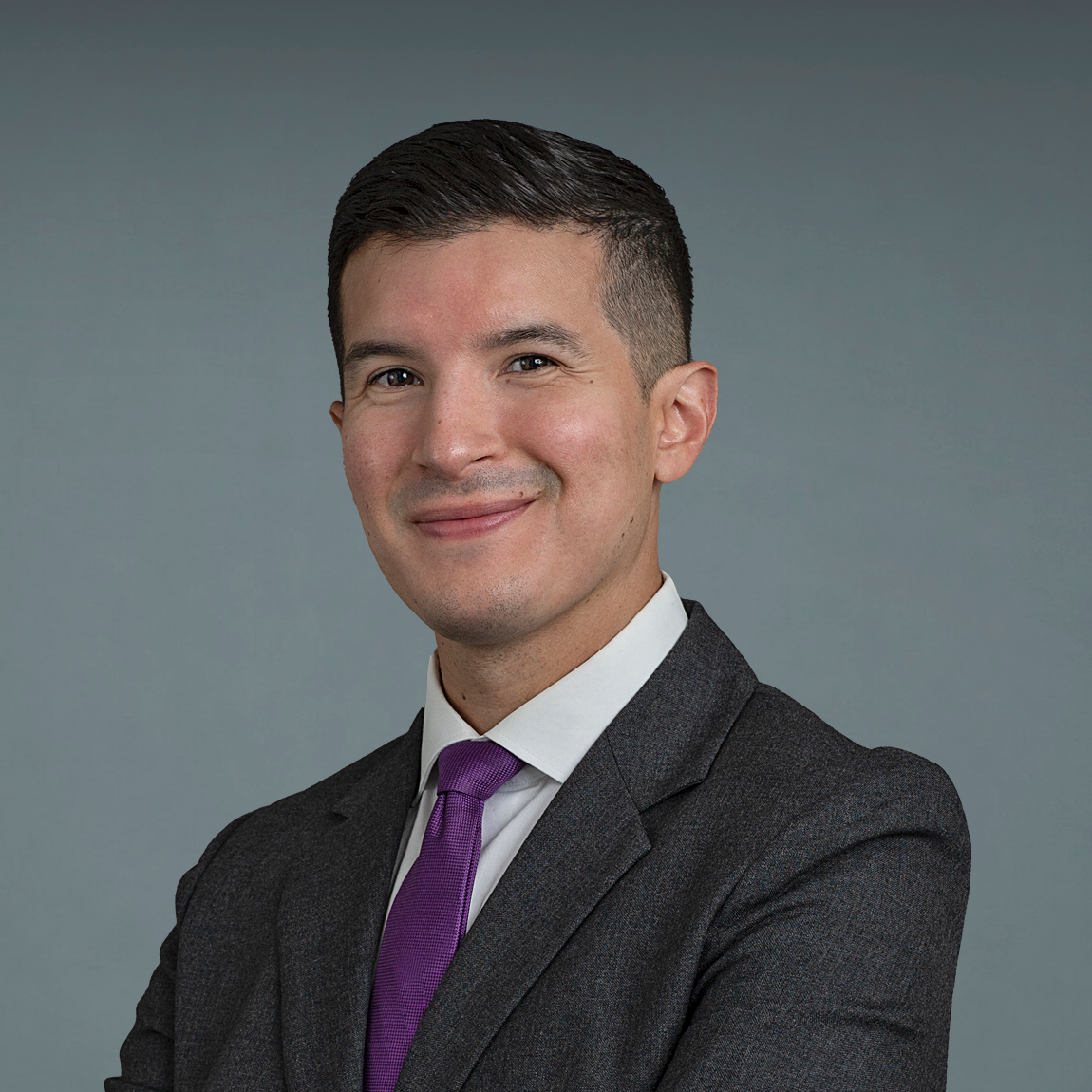
Summary & Highlights Sue hosts Dr. Joel Salinas, a Harvard-trained behavioral neurologist and Founder and Chief Medical Officer of Isaac

Summary & Highlights Sue Bethanis hosts the world’s leading expert in the rapidly growing field of trust repair, Dr. Peter
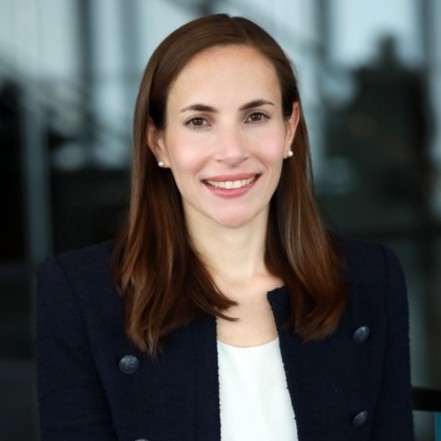
Summary & Highlights Sue Bethanis hosts Emily Field, co-author of Power to the Middle: Why Managers Hold the Keys to
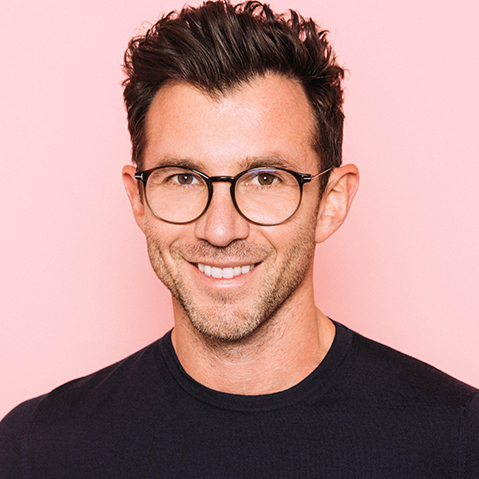
Summary & Highlights Sue Bethanis hosts leading efficiency expert Nick Sonnenberg. Nick is an entrepreneur, Inc. columnist, guest lecturer at
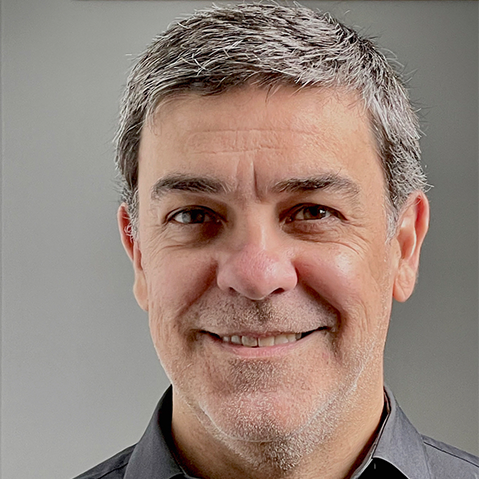
Summary & Highlights Sue Bethanis hosts Gustavo Razzetti, a workplace culture expert and the CEO/Founder of Fearless Culture, a culture
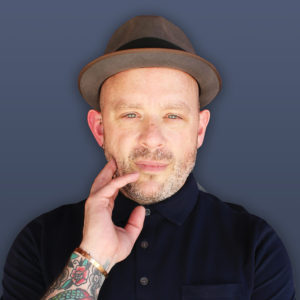
Summary + Highlights Sue Bethanis hosts DDS Dobson-Smith, CEO and Founder of the executive coaching consultancy, Soul Trained, and a

Summary + Highlights Sue Bethanis hosts Dr. Britt Andreatta, an internationally recognized thought leader who uses her unique background in

Summary & Highlights Sue Bethanis hosts Carole Robin, Ph.D., leadership expert, former award-winning Stanford Business School professor, and co-author of
Stay Connected • Sign up and receive leadership insights: